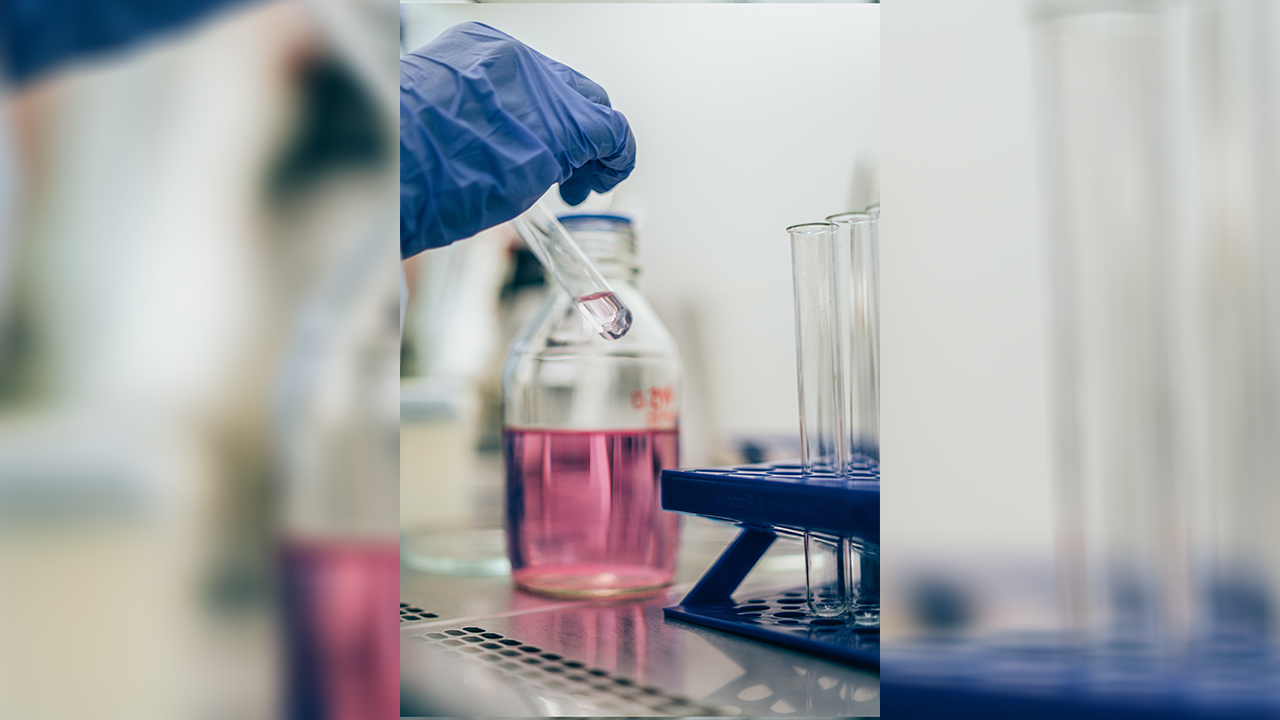Singapore (Commonwealth Union) – Researchers at Nanyang Technological University, Singapore (NTU Singapore), have pioneered an innovative process capable of upcycling a wide range of plastics into valuable chemical components essential for energy storage. This breakthrough utilizes light-emitting diodes (LEDs) in combination with a readily available commercial catalyst, all at room temperature.
What sets this process apart is its exceptional energy efficiency, setting the stage for potential future power sources from renewable energy. Unlike conventional heat-driven recycling methods like pyrolysis, this method stands as a sustainable alternative.
This achievement addresses a pressing challenge in plastic recycling, particularly concerning materials such as polypropylene (PP), polyethylene (PE), and polystyrene (PS). Traditionally, these plastics find themselves either incinerated or relegated to landfills, contributing to the alarming growth of plastic pollution worldwide. Shockingly, a mere nine percent of plastics see proper recycling.
The primary hurdle in recycling these plastics lies in their exceptionally stable, inert carbon-carbon bonds. Breaking these bonds demands a substantial energy input, a characteristic that also renders these plastics resistant to many chemical processes and gives them relatively high melting points.
The prevalent commercial approach to recycling these plastics, pyrolysis, presents significant drawbacks. It consumes considerable energy and generates substantial greenhouse gas emissions, rendering it economically impractical, especially considering the lower-value pyrolysis oil produced as a result, as indicated by researchers.
The brainchild of Associate Professor Soo Han Sen, an authority in photocatalysis hailing from NTU’s School of Chemistry, Chemical Engineering, and Biotechnology, this novel technique harnesses the power of LEDs to activate and dismantle the stubborn carbon-carbon bonds present in plastics. The process is further assisted by a commercially available vanadium catalyst.
This pioneering advancement represents a significant stride towards a more sustainable and efficient method of repurposing plastics, ultimately contributing to the global efforts to reduce plastic waste and its detrimental environmental impact.
Recently featured in the journal Chem, the NTU’s breakthrough method demonstrates the ability to upcycle a variety of plastics, encompassing PP, PE, and PS. These plastics collectively constitute over 75 percent of the world’s plastic waste.
While striving to create an environmentally friendly solution to the plastic waste crisis, the research team’s primary goal was to minimize the generation of additional carbon emissions during the plastic recycling process. This objective is particularly important since plastics consist of lengthy chains of molecules containing carbon atoms.
Inventor Associate Professor Soo says “Our breakthrough not only provides a potential answer to the growing plastic waste problem, but it also reuses the carbon trapped in these plastics instead of releasing it into the atmosphere as greenhouse gases through incineration.”
The process commences by dissolving or dispersing the plastics within an organic solvent called dichloromethane. This solvent serves to disperse the polymer chains, enhancing their accessibility to the photocatalyst. Subsequently, the solution is combined with the catalyst and directed through a sequence of transparent tubes, where it is exposed to LED illumination.
The LED light serves as the initial energy source, facilitating a two-step process to cleave the carbon-carbon bonds with the assistance of the vanadium catalyst. Initially, the carbon-hydrogen bonds within the plastics undergo oxidation, rendering these bonds less stable and more reactive. Subsequently, the carbon-carbon bonds are broken down, effectively deconstructing the plastics.
Upon separation from the solution, the resulting end products manifest as valuable chemical components, including formic acid and benzoic acid. These chemical compounds hold significant utility in the production of various chemicals essential for applications like fuel cells and liquid organic hydrogen carriers (LOHCs).
Researchers also pointed out that, the innovative LED-driven method stands apart from existing recycling technologies, including pyrolysis, which relies on high-temperature processes to melt and degrade plastics into lower-quality fuels or convert them into carbon nanotubes and hydrogen. In contrast, the new method demands considerably less energy, marking a more energy-efficient and environmentally conscious approach to plastic recycling.








